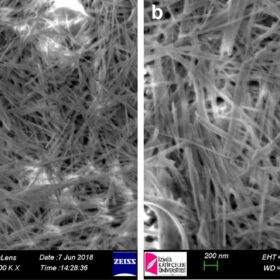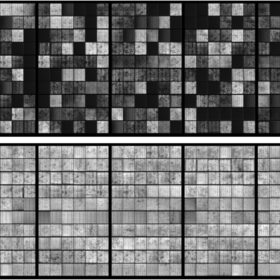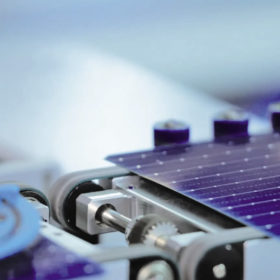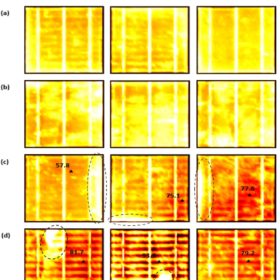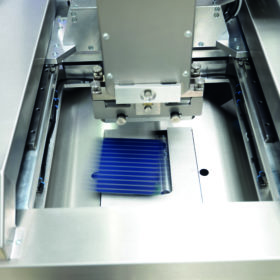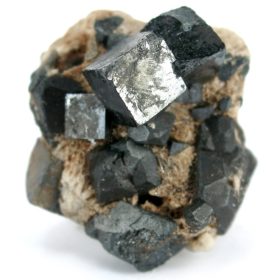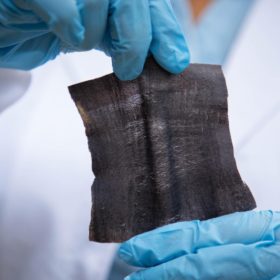Impact of floating photovoltaics on thermal characteristics of lakes
A new study details how floating photovoltaics impact wind flow and irradiance on lakes, with the effect of influencing water temperature at different depths. However, the report’s authors say more research is needed on how to design systems for maximum benefit to the water bodies themselves.
‘Natural clay’ additive promises gains in perovskite solar cell efficiency, stability
Scientists in Turkey have demonstrated that sepiolite, a naturally occurring clay substance, can be added to perovskite precursor materials, and form a scaffold layer that can improve the efficiency and stability of the cells. The scientists believe that this substance could be valuable in developing reproducible processes for the production of large-area perovskite solar cells.
A closer look at potential-induced degradation in solar cells
UK scientists have examined the impacts of potential-induced degradation (PID) in solar cells and modules, based on a field study from a 1.2 MW PV system in Spain. Meanwhile, in a separate study, scientists in Japan have created a model for one of the less-investigated PID mechanisms, creating a model of its progress that will be useful in future research and mitigation efforts.
Improving n-type TOPCon solar cells
Scientists in China have studied the formation of contacts in tunnel-oxide passivated contact (TOPCon) solar cells, and the role of high-temperature annealing processes on the quality and performance of cells. Their findings could open up pathways for scientists looking to squeeze even more efficiency out this rapidly growing cell technology.
Damaging defects in silicon solar cells
Scientists in the UK investigated the relationship between two of the most worrisome defects that can affect solar cells in the field – cracking and hotspots. Their work analyzed solar cells with different levels of cracking under varying light conditions, finding that the most severely cracked cells were considerably more likely to run at high temperatures and form damaging hotspots.
Simulating PV’s silver future
Scientists at Germany’s Fraunhofer ISE developed a model to simulate different setups for screen printing in solar cell metallization. The model provides a comparable ‘screen utility index’ value that can predict the usefulness of different architectures in the printing equipment in relation to the properties of a given silver paste. The approach, says Fraunhofer, will assist the PV industry in reducing the amounts of silver needed in silicon cell manufacturing.
Modeling the potential of lead-free perovskites
Scientists in India modeled the performance of tin-based perovskite (methylammonium tin triiodide) finding that with careful optimizations the material could achieve efficiencies beyond 28%.
A graphene-based supercapacitor that’s also…. a t-shirt?
Scientists at the Royal Melbourne Institute of Technology have developed a method for producing a ‘smart fabric’ with a supercapacitor energy storage device embedded in it. Its developers say it can be readily integrated with a solar cell or used to power wearable technology.

